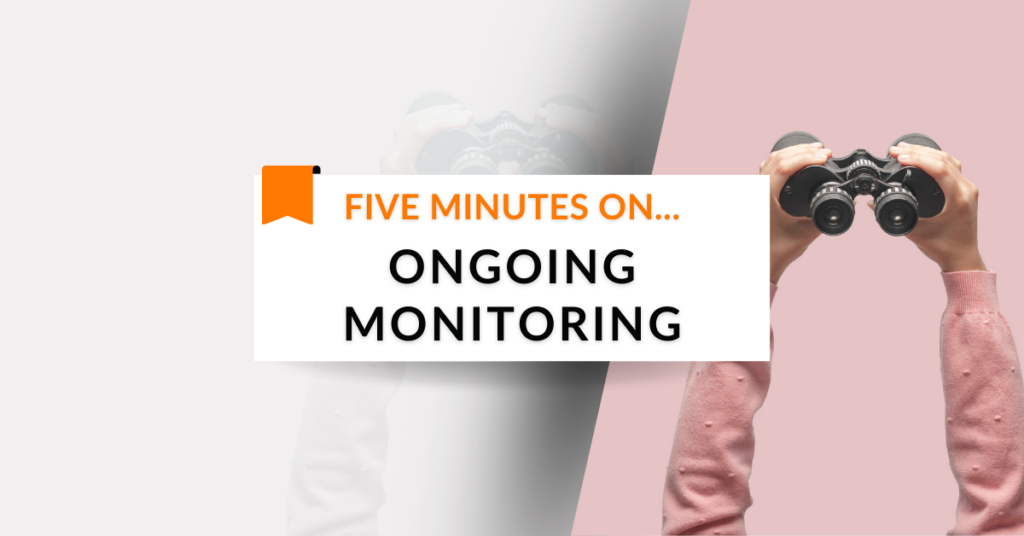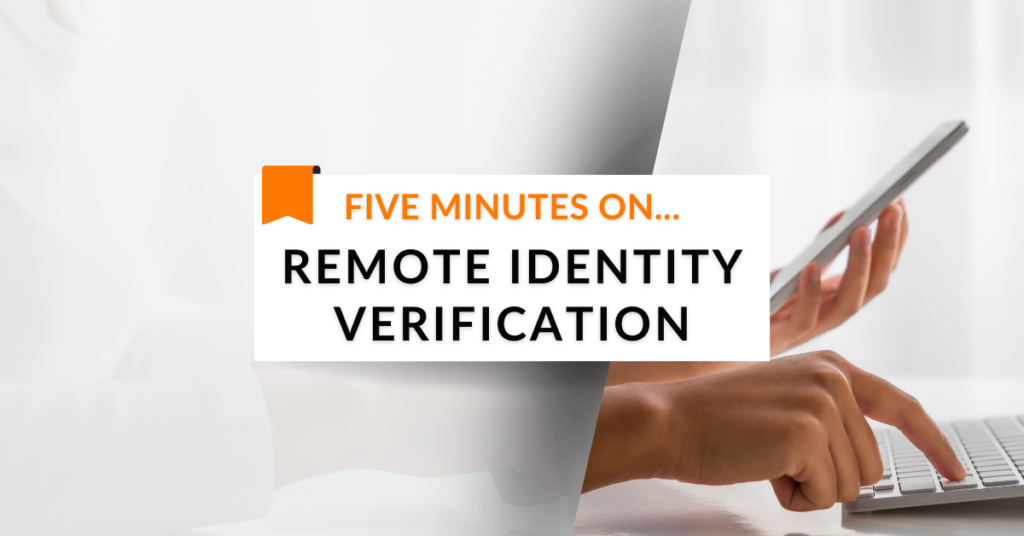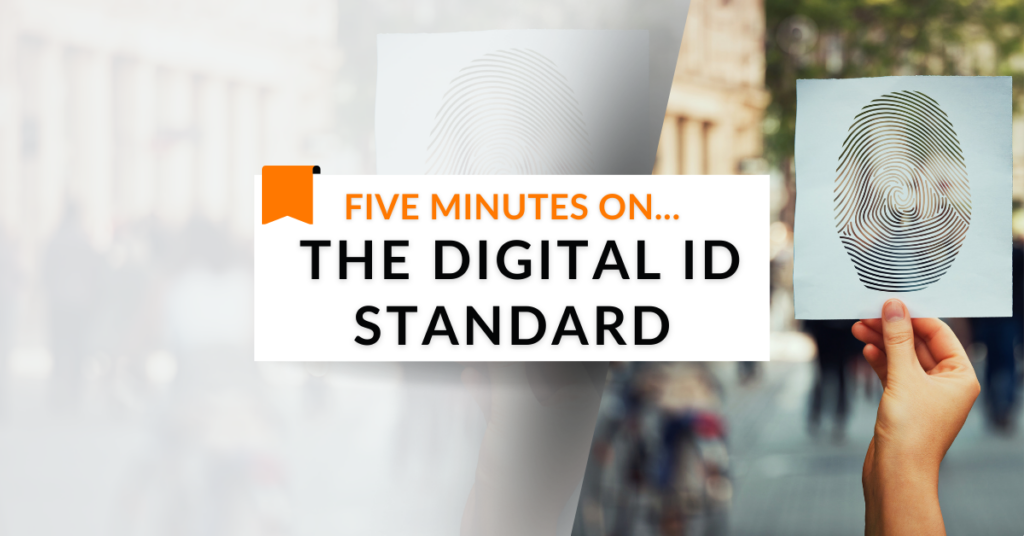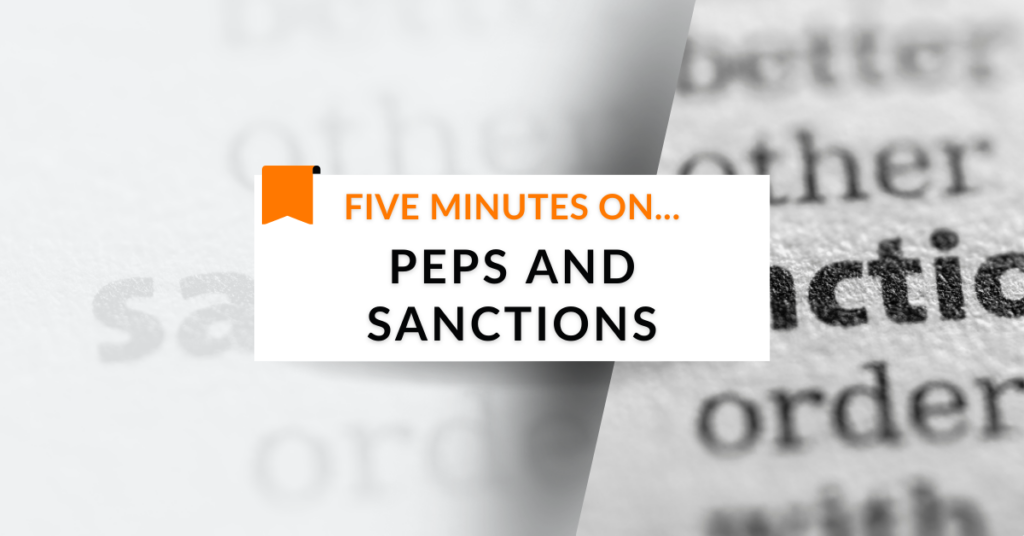
In the ever-evolving world of Anti-Money Laundering (AML), ongoing monitoring plays a crucial role in mitigating risks and ensuring compliance. This is especially true in the realm of conveyancing, where large sums of money are changing hands.
This coffee-break article aims to shed light on ongoing monitoring in AML for conveyancing within England and Wales.
What is ongoing monitoring in AML for conveyancing?
Ongoing monitoring is the continuous process of identifying, assessing, and mitigating money laundering risks throughout the conveyancing transaction. It involves regular reviews of customer due diligence, monitoring transactions for suspicious activity, and reporting any concerns to the authorities.
How often should ongoing monitoring be done?
There’s no one-size-fits-all answer to how often or how long you need to monitor your customers’ activity. Instead, regulations require ‘ongoing monitoring’ that adapts to each business relationship. This means regularly checking conveyancing transactions (and sometimes, where necessary, the source of funds) to see if they match your understanding of the customer, their business, and their risk level. Basically, the higher the risk, the deeper your ongoing monitoring should be.
We empower you to customize your monitoring for each customer, allowing you to focus on those who pose the highest risk.
When should ongoing monitoring take place?
Ongoing monitoring for AML in UK conveyancing should ideally happen throughout the entire client relationship, not just at the beginning.
Here are some key points to consider:
- Continual Basis: The Law Society recommends a system of file reviews or reminders to ensure ongoing monitoring is applied
- High-Risk Clients: All clients should be monitored, but those identified as high-risk require enhanced due diligence and more frequent monitoring
- Trigger Events: Specific situations can trigger the need for additional CDD checks, which essentially act as a form of ongoing monitoring. (Change of name, inconsistent transactions, reluctance to meet in person)
Why is ongoing monitoring important in conveyancing?
Conveyancing deals are particularly susceptible to money laundering due to the high transaction values and the involvement of various parties. Ongoing monitoring helps to:
- Identify suspicious activity: By regularly reviewing transactions and customer information, red flags like large cash payments, unusual source of funds, or inconsistencies can be identified and investigated
- Mitigate risks: Early detection of suspicious activity allows for taking timely action, such as seeking clarification from the customer, refusing the transaction, or reporting to the authorities
- Demonstrating compliance: Robust ongoing monitoring demonstrates to regulators that firms are taking AML obligations seriously and have measures in place to combat financial crime
How can I implement ongoing monitoring in my conveyancing practice?
Here are some steps you can take:
- Develop a risk assessment: Identify the ML risks specific to your practice and tailor your monitoring procedures accordingly
- Train your staff: Ensure your staff is aware of their AML obligations and how to identify and report suspicious activity
- Use technology: Consider using technology solutions to automate some aspects of monitoring, such as transaction monitoring and sanctions screening
- Seek professional advice: Consult with an AML expert for guidance on implementing effective monitoring procedures
What are some resources available to help me with ongoing monitoring / AML?
- The Law Society’s AML guidance: https://www.lawsociety.org.uk/topics/property/conveyancing
- The Financial Conduct Authority’s (FCA) AML guidance: https://www.fca.org.uk/
- HM Treasury’s guidance on SARs: https://www.nationalcrimeagency.gov.uk/what-we-do/crime-threats/money-laundering-and-illicit-finance/suspicious-activity-reports




